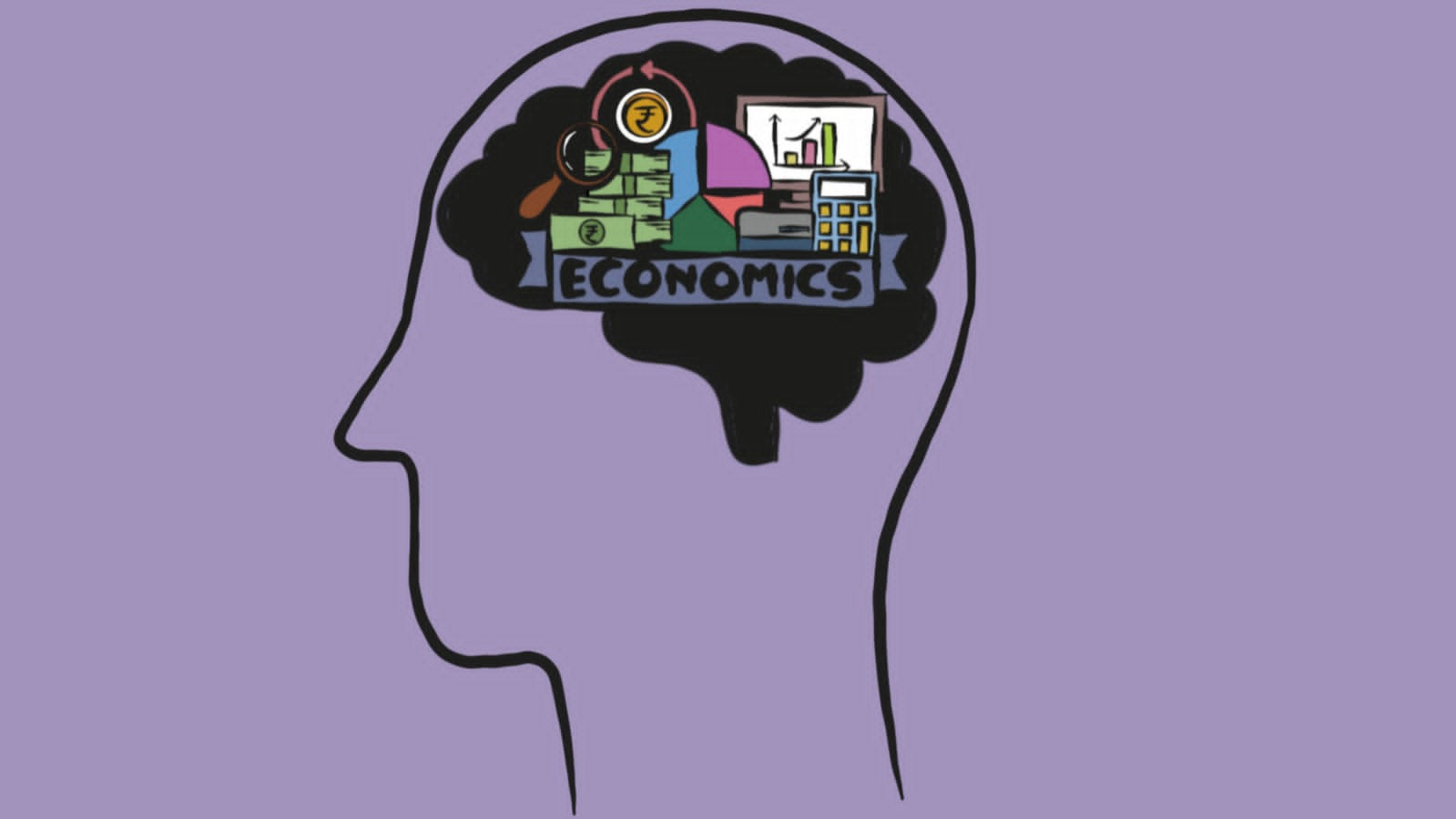
Behavioural Economics is a subfield of economics that focuses on psychological, social and emotional factors that influence the decision-making processes of individuals and institutions. In an ideal world, humans always make ideal, rational, and logical decisions but that is obviously not true in the real world we live in, which is a conflict since most economic models are made presuming humans are rational and predictable. The study of behavioural economics helps us understand economics in a more real sense; it takes into account that humans are psychological beings that react in different ways to different circumstances.
Facets of Behavioral Economics:
These different aspects can help us understand what behavioural economics exactly is and how it works in detail.
- Bounded Rationality: It means that if there is limited information or time, then the ability of one to make the best possible decision is questionable. For example, if an ice cream shop was selling ice cream at a really low price, the ideal reaction would be for more ice cream to be bought, according to the law of demand, but only a few people buy the ice cream. Why does this happen? Probably because people presumed their low price is synonymous with poor quality or taste due to limited information.
- Prospect Theory: This means that decisions are not always optimal. Our willingness to take risks is influenced by the way in which choices are framed and what the context is. For example, if there is a lottery that says 1 out of 1000 people win and another lottery that says 999 out of 1000 people lose, which one do you think is chosen by most? You’re right: it is the first one, even though both the lotteries offer the same thing. According to economics, the framing of the lottery tickets should not matter but in reality, it does.
- Rational Choice: This means that all decisions made by human beings are not always rational, in fact, in most cases, humans tend to look at many external aspects while making a choice. For example, there are two friends: Raj and Mary. Raj is given 100 bucks and he can split that money between the both of them in whichever way he wishes. Thinking rationally, Mary would accept any amount of money she gets; it could be 1 buck, 15 bucks, 50 bucks or 75 bucks because all those amounts are greater than 0. However, that is not how it always works. Mary may not accept 1 buck or 15 bucks, which is not a rational choice: she may want more.
- Psychological Pricing: It is the process of putting prices or dividing the price in a certain way for it to trick the human mind. Businesses have used this tactic for many years now. For example, if a person goes to buy a TV and there are two options: one which is worth 500 bucks and another which is worth 499.99 bucks, which one do you think is preferred? Certainly, the one that is worth 499.99 bucks. Why? Because our minds are tricked to believe that a TV worth 499.99 bucks is cheaper than one worth 500 bucks.
- Loss Aversion: Humans often tend to avoid taking risks because they are afraid of losing. Losses are avoided more than equivalent gains are sought. This is often because the human mind had difficulty dealing with loss. For example, if a person is participating in a game of coin toss in which if they get heads, they get 100 bucks, but if they don’t, they have to pay 50 bucks. It sounds like a great offer, but many people tend not to play the game as they are afraid of loss.
Application of Behavioral Economics:
- Behavioural Game Theory: This takes into account how players feel about the payoffs other players receive, limits in strategic thinking, the influence of context, as well as the effects of learning. For example, if two people are playing poker and if one of the players studies their opponent, they would understand the other’s moves and weaknesses required to beat their opponent.
- Behavioural Finance: This seeks to explain why investors make rash decisions. It can also help us understand how behavioural economics is used in sales. For example, if the price of a new iPhone was $600 and quickly reduced to $400 and the original price of the iPhone was, anyways, $400, it would be more beneficial for sales. If Apple introduced the phone for $400, the initial reaction to the price in the smartphone market might have been negative as the phone might be thought to be too pricey. But, by introducing the phone at a higher price and bringing it down to $400, consumers believed they were getting a pretty good deal and sales would surge for Apple.
Behavioural economics can often contradict the basics of economics but conversely, it is an integral layer of economics. This subject helps us understand economics on a very real and practical level and helps us understand how to use the different aspects of it to our advantage.
